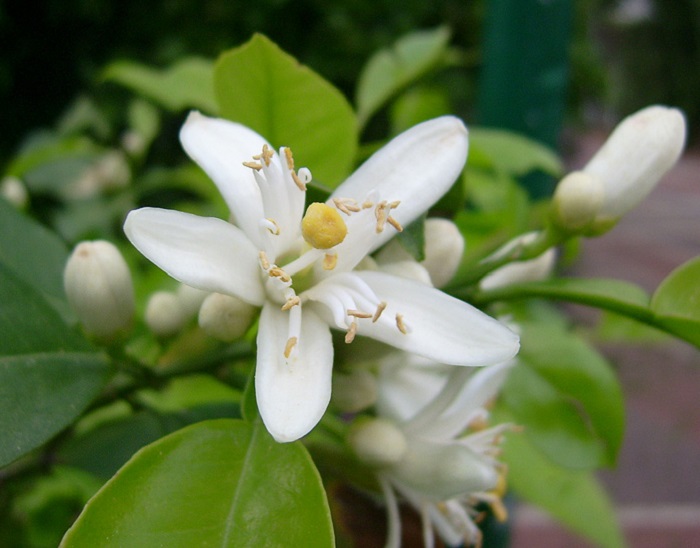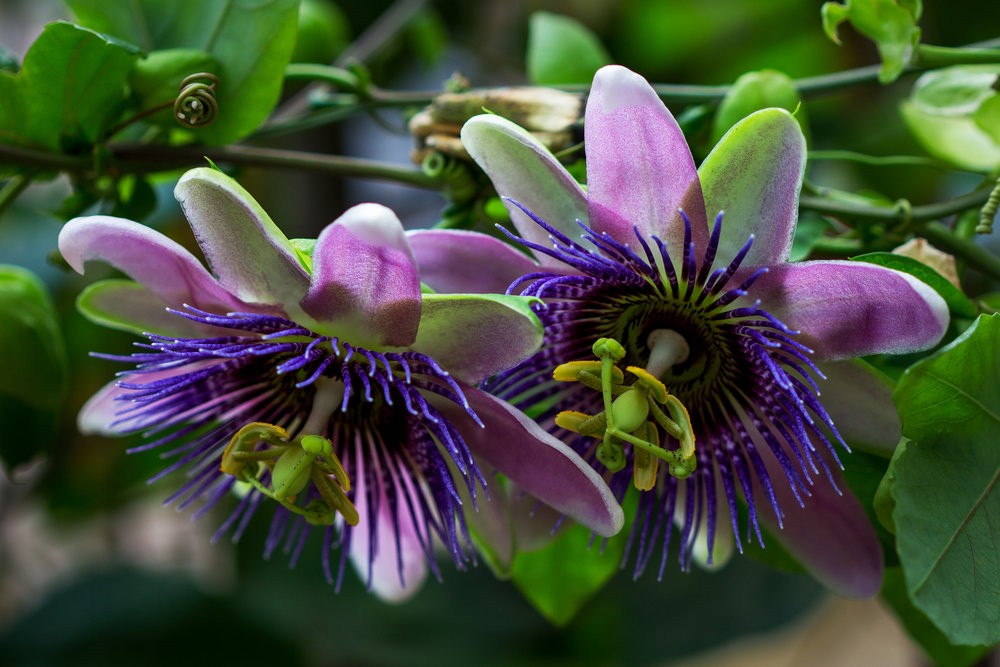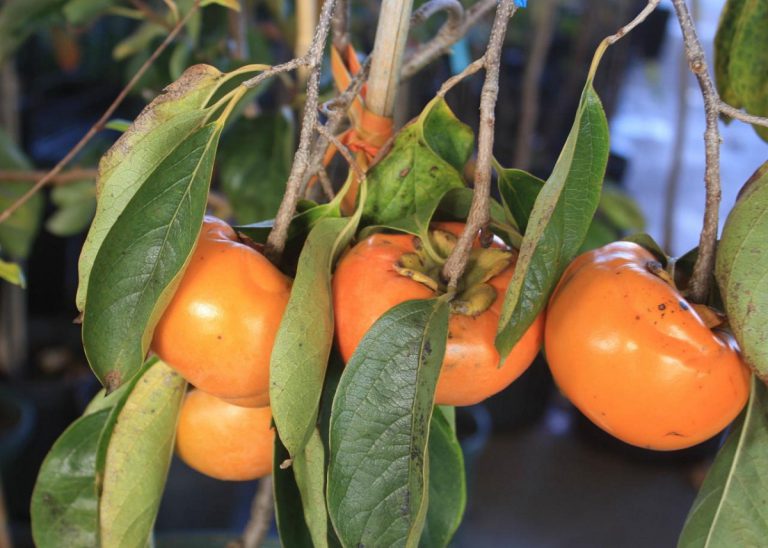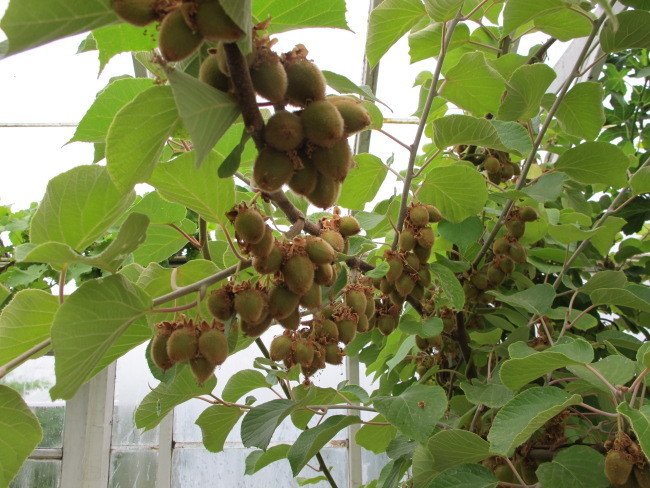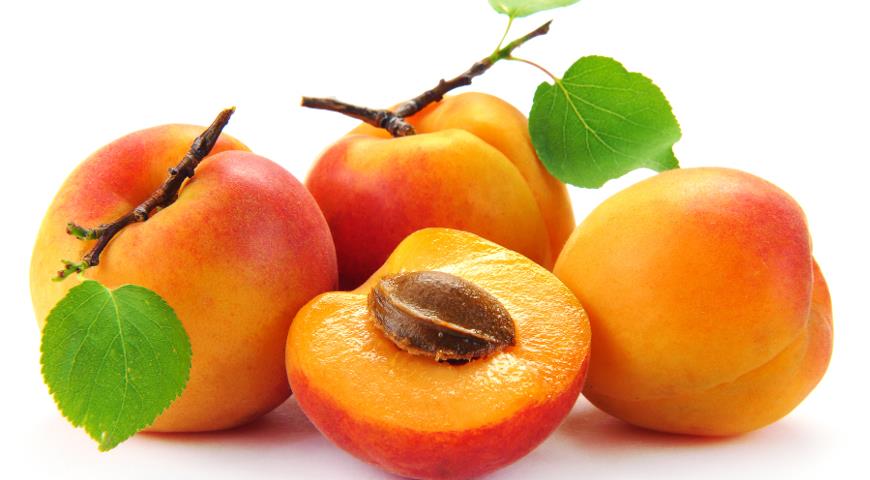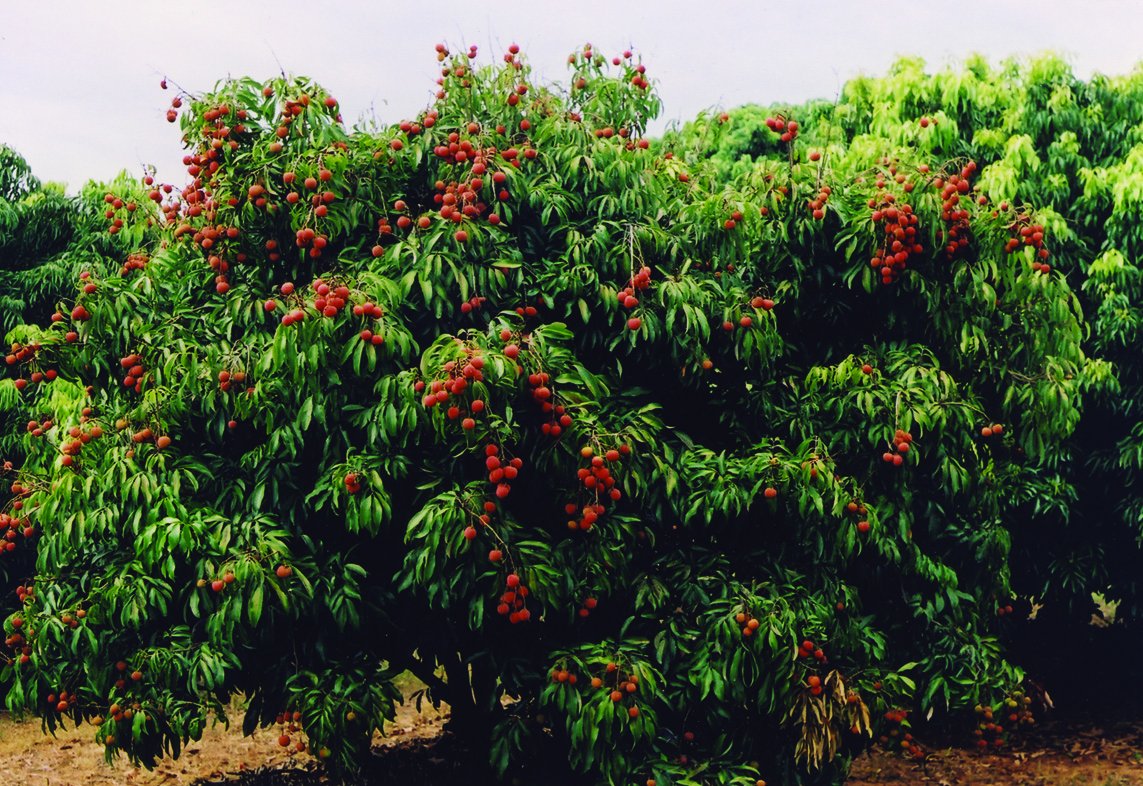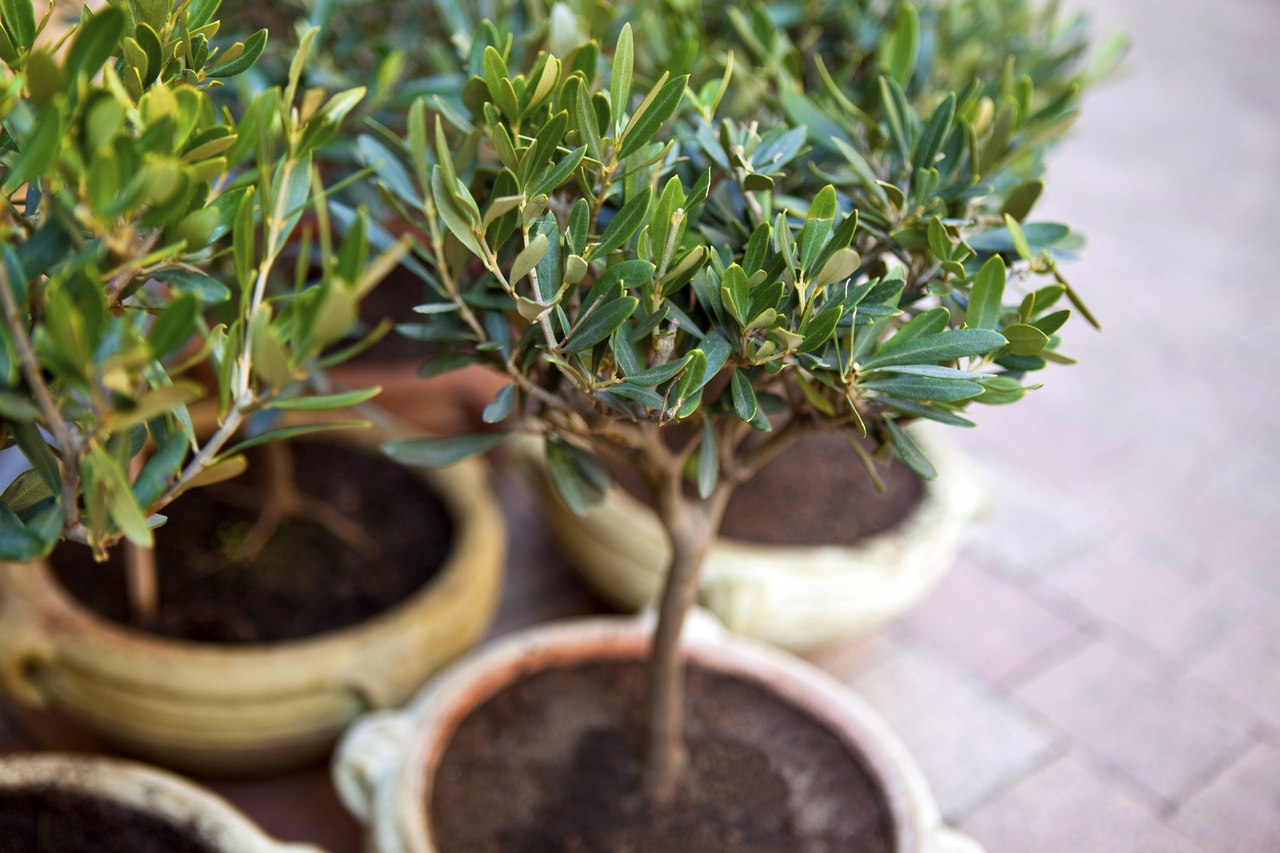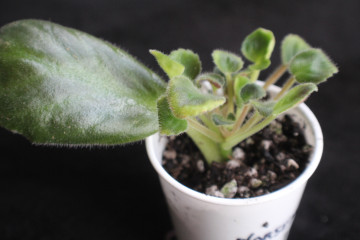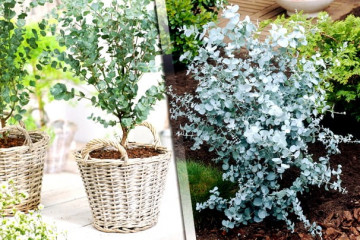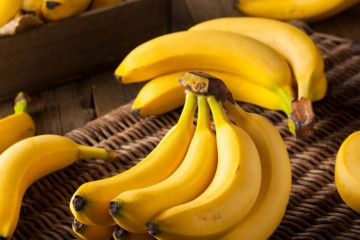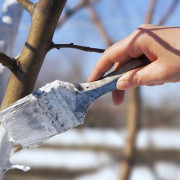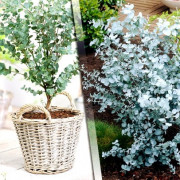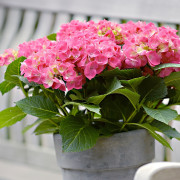How to grow mango from seed at home
Content:
You can decorate the windowsill not only with all kinds of decorative crops, but also with exotic trees. Many thought about this when there was a fruit plate or fruit salad on the table. In fact, growing a tropical plant is not as difficult as it seems at first glance.
It is possible that it will not bear fruit, but it will bring a touch of sophistication to the interior. For example, in order to grow a mango from a seed at home, it is important to fulfill a number of simple conditions.
Mango in the apartment
In fact, what is sold in stores is really called a mango, but the tree on which the fruit ripens is called a mangifera. It is this tree that should appear after planting a sweet fruit seed.
Before planting an exotic fruit, you should purchase a decent copy in the store. Ripe fruit is preferred.
A bone is removed from a ripe fruit. She's big. There are villi on it. The bone is washed, the villi are trimmed, cleaned. The bone is examined for a crack, which should be from the end. The bone is placed in water for several days. A root former can be added to the water, for example, Zircon, Kornevin, Epin.
After 3-4 days, the bone is removed. The crack on the side should enlarge. Using a knife, the bone is divided into 2 parts. A seed is taken out of it. It resembles a shell.
The seed is placed in fertile, breathable soil. The pot should be moderately large. Place the seed horizontally. Sprinkle 1-2 cm of earth. After a few weeks, if done correctly, the mango sprout will hatch.
A small mango tree will decorate the windowsill. It is an elongated plant with elongated dark emerald leaves. The green mass is lush. The bush has a core rhizome. Under favorable conditions, the root grows rapidly. Within a few years, white flowers will appear on the trunk. They have a pleasant aroma. The smell is a bit like a lily scent.
Rules for germinating fruit plants
Seed germination
Some fruits will not grow unless some preliminary work is done with the seed. A skin that is too hard will prevent the seed from sprouting. Therefore, most often the bones are soaked in warm water.
Choosing the right instance
The seed is taken from the freshest fruit. The fruit should be free from dents, rot, suspicious holes. To the touch, it should be moderately soft, not hard, ripe.
The bone is carefully separated. You can't damage it. If necessary, seeds or seeds are washed.
Land preparation
The soil for fruit trees is suitable for the most part universal. The bags are sold in stores.
The substrate should contain sand, a mixture of peat, a set of nutrients.
Pot
Preference is given to pots made from natural materials. In such a container, indoor exotic breathes, develops better.
Watering
Almost all fruit plants love moisture, but not stagnation. Therefore, watering should be constant, but not plentiful.
Temperature
Exots love warmth. During the period of growth and fruiting, the temperature should be at least + 20 ... + 26 degrees. During the rest period - + 14 ... + 18 degrees. Each plant has its own preferences.
Fruiting
Everyone wants a tree grown from a bone to bear fruit. For the most part, with proper care, this is how it happens.
Conditions for growth and health
In order for the plant to feel good, develop quickly, it is important to provide it with warmth, moisture, nutrition and protect it from drafts. Under the same conditions, it will bear fruit.
Passion fruit at home
According to the reviews of people who are fond of exotic plants, passion fruit or passion flower is one of the most tenacious and easy to plant fruits. Even a novice hostess can cope with this task.
A number of conditions for growing a fruit tree:
- A ripe copy should be purchased. You can find such a fruit by pressing on its shell. If it is easily punctured, then the fruit can be bought.
- At home, the passionfruit is cut into two halves. The pulp is eaten. Black peas, seeds are placed in a bowl of water.
- While they are in the bowl, the pot is prepared. It should be small. You can take a container with holes in the bottom.
- Drainage is laid out at the bottom. It can be pebbles, polystyrene, expanded clay, etc.
- Next, a universal peat mixture is laid out.
- Seeds from the water are transferred to the soil and sprinkled with 0.5-1 cm of earth.
- The planting is watered with a small amount of water.
Passion flower is a vine. It is actively stretching, growing rapidly. Its flowers are among the most unusual and beautiful on the planet. At the same time, passionfruit cultivation at home means uncomplicated. As soon as the stalk begins to stretch, it should be fixed on a trellis or support. This should be done before the stem becomes woody. Otherwise, the plant will break.
Homemade persimmon
A little longer than with passionflower, you will have to tinker with persimmon. However, if you know how to grow a mango from a stone at home, then it will not be difficult to grow a persimmon. Its seeds are taken from a purchased fruit.
Step-by-step process of growing from persimmon seed:
- The bones are washed under running water. They are doused with boiling water.
- For a day, the seeds are soaked in a weak solution of potassium permanganate.
- After that, they are wrapped in damp gauze. They should be in this position for 7-10 days. The gauze must be constantly wet. This is necessary in order to germinate the seeds.
- After a week and a half, tiny sprouts can be seen on dark seeds. This means that the persimmon is ready for planting.
- Seeds are placed in a pot with drainage and loose soil.
- They are stuck in the ground with an edge. After sprinkle with 1 cm of earth.
- A universal peat soil for indoor plants is suitable. Soil bags are sold in specialized stores.
- The planting is watered with a small amount of water. You can add a growth stimulant.
- After the room persimmon has 2 strong leaves, each tiny plant is transplanted into a separate container.
Growing kiwi
Kiwi will become the real pride of a florist. This is a powerful vine that grows without problems in an apartment.The only problem is to find a pair for the plant so that it blooms and fructifies. There is nothing difficult in planting and growing vines. Seed germination is almost 100%.
Growing recommendations:
- The planting material is the seeds of a ripe fruit.
- They are carefully peeled from the pulp. Then it is wrapped in a cloth and washed under the tap.
- The seed is placed on wet gauze, covered with a glass bowl and placed on the windowsill. The gauze is periodically moistened.
- After a week, each seed will sprout.
- The soil for planting is neutral. It is best to use lemon nutritious soil.
- The seeds are planted in shallow soil, watered with water and covered with cling film to create a greenhouse effect.
- The pick takes place one month after landing. Each specimen is placed in a separate pot. Kiwi has large leaves, if the plants are planted in one container, they will shade each other.
- To start growing kiwi at home, you should choose the right place. The place should be light and warm. You can install fluorescent lamps above the exotic.
- Liana is fed several times a year. Compost is added to the pot.
Additional Information. Another important point in care is pinching the top of the vine. Such a move will stimulate the development of foliage from the sides.
Pitted apricot at home
Planting apricots at home is a task for experienced florists and gardeners. This fruit has its own characteristics.
Growing recommendations:
- A lesson on growing an apricot from a stone at home begins with the removal of seeds from the fruit. Then they are soaked in a jar of water for 48-72 hours.
- Next, it is important to carry out stratification. This stage is also carried out if a person decides to grow a peach. The bones are placed in a container with wet sand and put into the refrigerator.
- After 90 days, the seeds are planted in the ground. Beforehand, you can open the bones and take out the seeds, you can not do this.
- You should take care of the plant carefully: water it on time, fertilize it, cut off all unnecessary things, loosen the ground. With proper care, the fruits will appear in 5 years.
Lychee at home
The Thai lychee fruit is valued for its sweetness, softness, the plant itself - for its evergreen chic crown. The plant will decorate any home.
Tips for growing from seed:
- The bone is removed from the fruit and washed. Then it is soaked in water for several days. You can use damp gauze.
- As soon as the sprout appears, the bone is planted in universal peat soil and watered.
- You can cover the container with a package. As soon as the bush appears, the package is removed.
- Nursing the hatched plant should be done carefully. It is watered once every few days, the first feeding is carried out only after 5 months.
Lychee in nature
You can see how lychee grows in wildlife in Thailand, Vietnam, India and other hot countries. A huge evergreen tree grows under the open sky.
The fruits hang on it in clusters, like very large grapes.
Olive tree at home
Lovers of experimentation can try to grow an olive at home. To do this, you need to purchase an olive tree stalk and plant it in damp ground. Fresh or sun-dried olives are also available. Canned - will not work.
The bones are soaked for several days. The blunt tip is pierced with a knife. A tiny hole is made in it. Then the bones are planted in universal soil and watered.
The olive sprout can be seen in a few weeks.
Home feijoa
Feijoa is a useful plant. The apartment quickly takes root. The germination rate of feijoa seeds, like, for example, of papaya, is good. First, small seeds are removed from the fruit. The seeds are immediately ready for planting. They are laid out in a pot of soil. The soil consists of sand and leafy earth. Shoots appear quickly. Further care involves placing in a bright place, but without direct sunlight.
The plant quickly takes nutrients from the ground.Therefore, every 3-4 months it should be fed. It is better to give preference to dressings in which there is nitrogen, potassium, phosphorus. The sprout can also be fed with versatile supplements.
Mangosteen at home
An exotic fruit can be tricky to go out at home, but experienced flower growers can try it. Seed material is selected and planted in moist, loose soil. The pot is covered with foil. Seedlings appear in a few days. However, then growth slows down.
The sprouts need special care. The plant loves warmth. If the air temperature in the room drops sharply by 7-10 degrees, the bushes will die. Also, high humidity is important for development. To do this, you need to purchase a humidifier.
Fruit plants will decorate the apartment and attract the attention of the guests of the house. However, each tree needs its own approach. If you understand all the intricacies of planting and growing exotic plants, you can turn part of the apartment into a green orchard.

